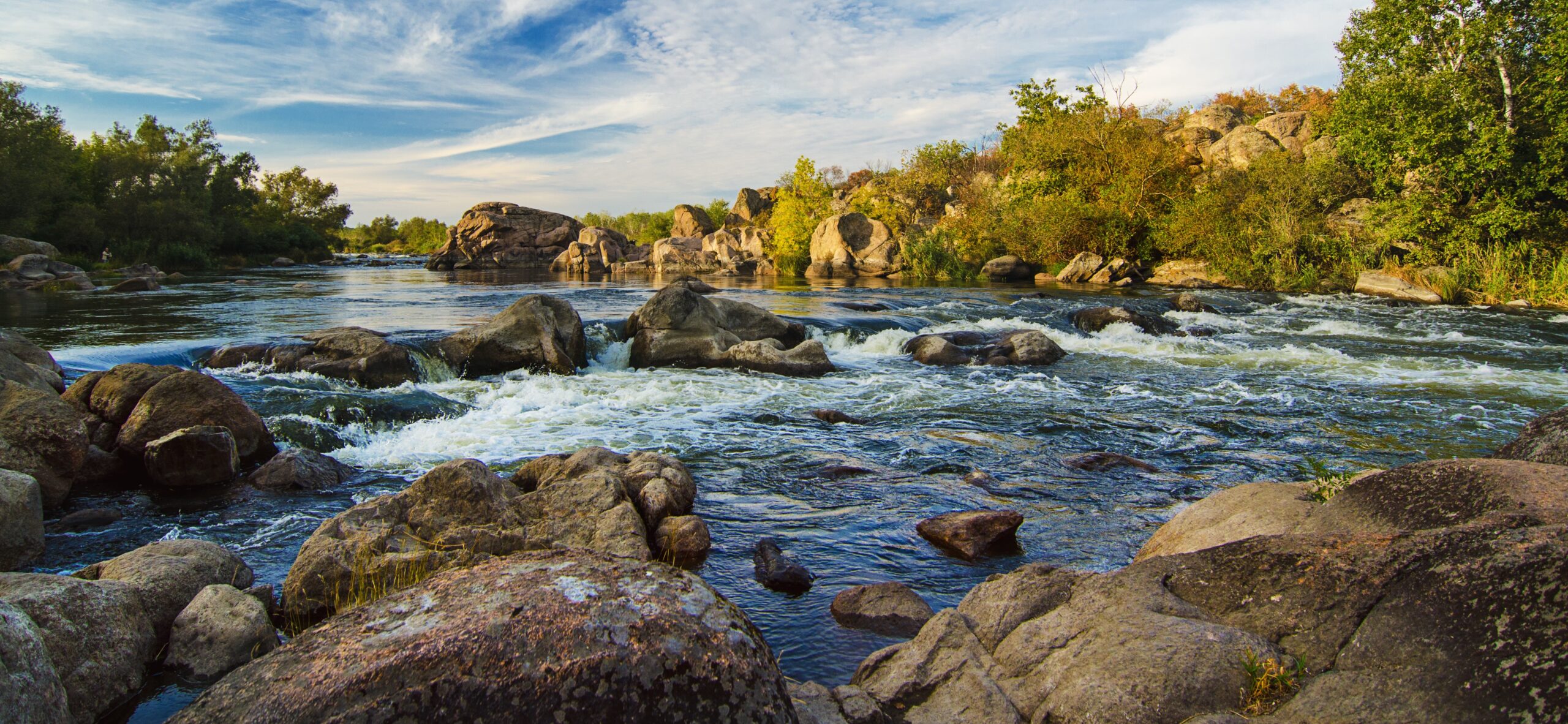
NCEL Fact Sheet
Offshore Wind
Overview
The offshore wind industry has been slow to take hold in the United States but is now gaining momentum among policymakers and financiers. The success of Block Island Wind Farm, the United States’ first operational offshore wind farm located off the coast of Rhode Island, and a growing demand for renewable energy are signs of new potential for development. With the right policy drivers and a robust stakeholder engagement process, coastal and Great Lakes states can harness the economic potential of offshore wind to create jobs and produce clean, renewable energy for years to come.
Key Points
Key Point 1
U.S. offshore wind could generate nearly double the nation’s current electricity use. (U.S. Department of Energy)
Key Point 2
Full deployment of offshore wind could provide $440 million in annual lease payments, $680 million in annual property tax payments, and up to 160,000 jobs.(U.S. Department of the Interior)
Key Point 3
Offshore wind will cut greenhouse gas emissions, reducing impacts on climate and human health. (American Wind Energy Association)
Key Point 4
Offshore wind farms can act as marine preservation areas and support greater biodiversity. (MIT Technology Review)
Example Legislation
- Rhode Island H 8083 (2010) established the construction Block Island Wind Farm demonstration project. The state is planning on building more offshore wind farms and awarded a 400 MW contract to Deepwater Wind in 2018.
- New Jersey’s S 2036 (2010), the Offshore Wind Development Act, requires the state to support 1,100 MW of offshore wind power and established an Offshore Wind Renewable Energy Credits program.
- Maryland HB 226 (2013) added offshore wind to the state’s RPS and established financing support for projects in the form of Offshore Wind Renewable Energy Credits.
- Massachusetts HB 4568 (2016) established a dedicated offshore wind requirement for the state’s electric power distribution companies equal to approximately 1,600 megawatts of capacity by no later than June 30, 2027.
- Virginia SB 577 (2010) established an Offshore Wind Development Authority to facilitate, coordinate, and support development of the offshore wind energy industry, projects, and supply chain vendors.
- Illinois HB 2753 (2013) authorized research on the viability of offshore wind in Lake Michigan and the creation of permits and leases for suitable sites.
Other Resources
- NCSL’s Offshore Wind on the Horizon brief outlines policies on offshore wind.
- Center for American Progress’s report details how State Policies Can Unleash U.S. Commercial Offshore Wind Development.
- U.S. Department of Energy’s WINDExchange platform provides resources and tools to help make wind development decisions.
- NREL created a map showing the mean annual wind resource in coastal waters.

Empower State Environmental Champions
Your donation funds the fight for equitable actions that protect the environment and our health.
Donate